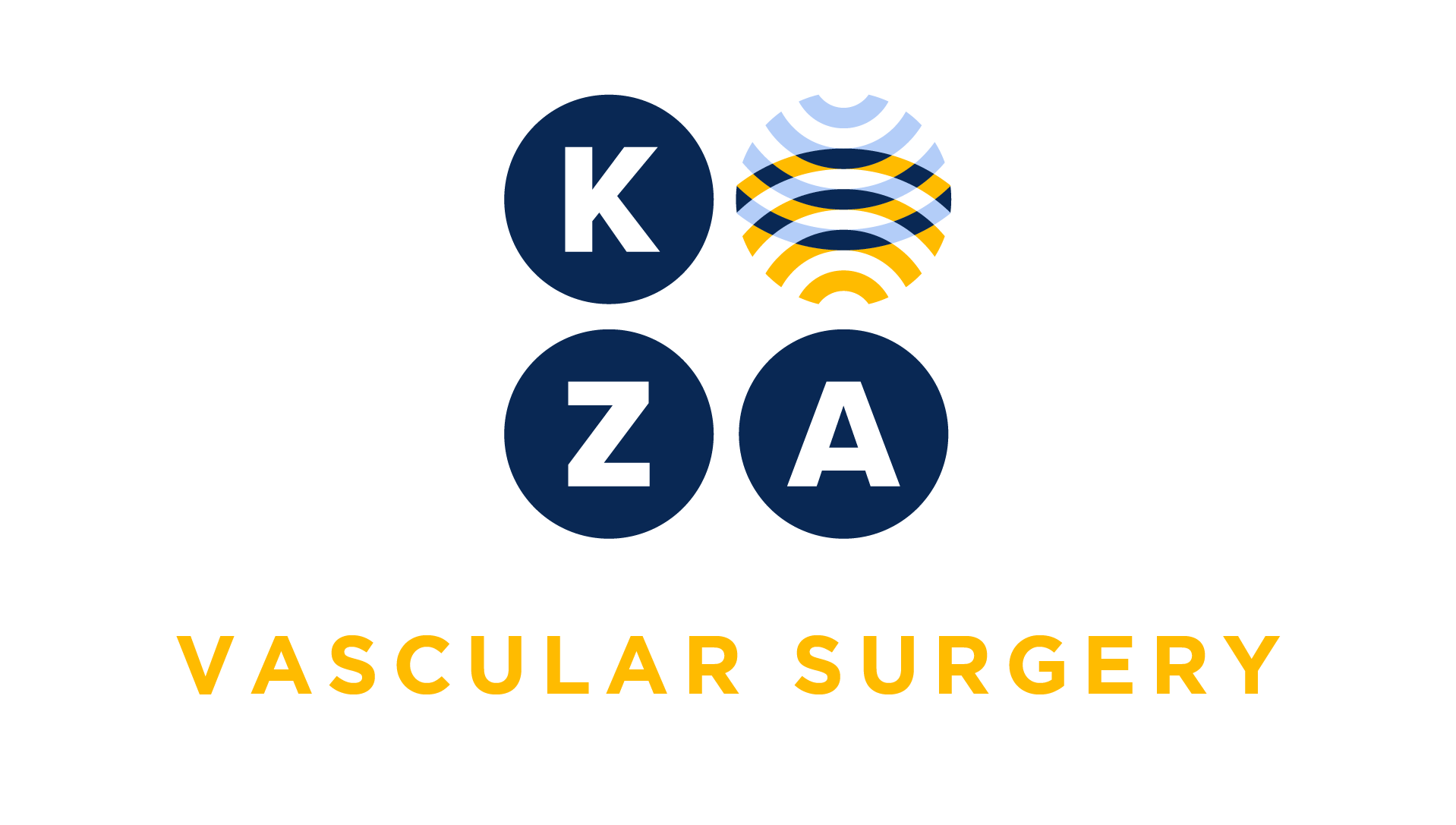
Choose your specialty from the list below to see how our experts have tackled a wide range of client questions.
Looking for something specific? Utilize our search feature by typing in a key word!
Pelvic Angiograms
Is angiogram of the iliac arteries reported with the pelvic angiogram code, 75736?
Question:
Is angiogram of the iliac arteries reported with the pelvic angiogram code, 75736?
Answer:
No, code 75736,Angiography, pelvis, selective or supraselectiveis only reported with selective or supraselective catheterization of the internal iliac arteries (hypogastric arteries) and interpretation of pelvic vasculature. For non-selective angiography of the common or external iliac arteries, use 75710 (unilateral) or 75716 (bilateral).
Billing for Multiple Embolectomies
How do we code multiple embolectomies of the aorta when using 34201? Do we code units by the number removed?
Question:
How do we code multiple embolectomies of the aorta when using 34201? Do we code units by the number removed?
Answer:
34201,Embolectomy or thrombectomy, with or without catheter; femoropopliteal, aortoiliac artery, by leg incisionis billed once per leg incision no matter how many emboli are removed from each incision. If this is performed bilaterally (two leg incisions), then bill 34201 with mod -50.
Coding Right and Left Carotid Stents at Different Operative Sessions
The physician staged a patient’s bilateral carotid stent with embolic protection procedures. The right carotid stent was done first and then the 6 weeks later the left side was done. What is the correct modifier on the second carotid stent?
Question:
The physician staged a patient’s bilateral carotid stent with embolic protection procedures. The right carotid stent was done first and then the 6 weeks later the left side was done. What is the correct modifier on the second carotid stent?
Answer:
The second carotid stent, although staged clinically, is an unrelated procedure performed during the global period. Append a modifier 79 to code 37215 to indicate this unrelated procedure. Even though these are the same procedure reported with the same CPT code, they are performed at different anatomic locations and therefore are unrelated.
Modifier 52 vs. 53
We are confused about the difference between modifier 52 and 53. What is the difference?
Question:
We are confused about the difference between modifier 52 and 53. What is the difference?
Answer:
Modifier 52 Reduced Services is used when the procedure or surgery is partially reduced or eliminated by the physician. This is used when a procedure has an existing CPT code, but not all of the components of the code were performed. Modifier 52 is not used for unlisted procedures (where there is no existing CPT code to describe the procedure that was performed).
Modifier 53 Discontinued Procedure is used when a procedure is discontinued due to extenuating clinical circumstances or those that threaten the well-being of the patient. An example is during a fem-pop bypass a patient develops an arrhythmia and the procedure is discontinued.
*This response is based on the best information available as of 02/04/21.
Wound Vac Billing
I’m a general surgeon. Some of my team are reporting the negative pressure wound therapy codes 97605 and 97606 when applying wound vacs after closing at the completion of their surgical…
Question:
I’m a general surgeon. Some of my team are reporting the negative pressure wound therapy codes 97605 and 97606 when applying wound vacs after closing at the completion of their surgical cases. As a result, I am told by my coders that billing for these wound vacs is not appropriate, since there is a Medicare NCCI edit that bundles this with more comprehensive procedures at the same anatomic area.
The physicians and coders disagree about how to handle these edits. Some of the physicians believe the wound vacs are billable because they are applied to the skin which constitutes a different body system. The coders think the wound vacs are dressings which are included in the global surgical fee and would not billable. After multiple discussions with the physicians and coders, we are unable to provide a definitive answer. Could I please ask you for your advice regarding this issue? What is the right answer?
Answer:
There are two layers to the issue; CPT rules and payor editing rules.
First, from a CPT perspective, the “wound vac” codes in the range of 97605-97608 are only reportable when placed at an open wound site. For example, if a physician performed debridement of an open wound, did not close the wound, but placed a wound vac at the debridement site to promote healing, a code in the range 97605-97608 could be reportable if appropriately documented. Additionally, in the case of delayed closure of the abdomen in damage control surgery, the placement of a wound vac over this open abdomen may be separately reported if documented correctly.
Codes 97605 and 97606 are used for placement of a non-disposable wound vac device, while codes 97607 and 97608 are used if the wound vac is disposable. The codes are further differentiated by the wound size, either greater than 50 sq cm, or less than or equal to 50 sq cm.
If the wound site has been surgically closed, and a wound vac is placed over the closed wound site, then the use of the wound vac is not separately reportable, as it is being used as a dressing.
In the case of a “codeable” wound vac, payor rules that apply when other services are performed at the same time should also be considered. For example, debridement code 11044 does not have an NCCI edit with code 97605, thus you should not have any issues reporting the two codes together. Similarly, you should not find NCCI edits between the lower extremity decompressive fasciotomy codes and the wound vac codes – another type of procedure where it is not unusual to have delayed surgical closure of the wound site.
Damage control surgery, fasciotomy coding and use of wound vacs will be thoroughly covered in the ACS Successful Surgical Coding and Trauma and Intensive Care coding courses offered in several locations in 2021.
*This response is based on the best information available as of 02/06/20.
Renal Angiogram Coding
Is catheterization separately reported with renal angiograms?
Question:
Is catheterization separately reported with renal angiograms?
Answer:
No. The renal angiogram codes, see table below, include all catherization. The codes are selected by order of catheterization and as unilateral or bilateral. Also, remember that a flush aortogram is included in the renal angiogram codes and not separately reported.
| CPT Code | Description |
| 36251 | Selective catheter placement (first-order), main renal artery and any accessory renal artery(s) for renal angiography, including arterial puncture and catheter placement(s), fluoroscopy, contrast injection(s), image postprocessing, permanent recording of images, and radiological supervision and interpretation, including pressure gradient measurements when performed, andflush aortogramwhen performed; unilateral |
| 36252 | bilateral |
| 36253 | Superselective catheter placement (one or more second order or higher renal artery branches) renal artery and any accessory renal artery(s) for renal angiography, including arterial puncture, catheterization, fluoroscopy, contrast injection(s), image postprocessing, permanent recording of images, and radiological supervision and interpretation, including pressure gradient measurements when performed, andflush aortogramwhen performed; unilateral
|
| 36254 | bilateral |
*This response is based on the best information available as of 01/09/20.

